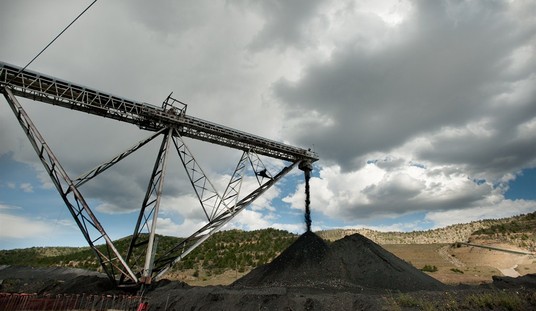Joe Biden has become “The Great Deflector” as he seeks to deny the perfectly natural economic calculation of massive government spending leading to higher prices.
So Biden has taken to blaming others and unrelated events for his troubles. It’s Putin’s fault for invading Ukraine. It’s the big oil companies’ greed. It’s greedy ag producers.
But his catch-all for anything and everything to do with high prices is simply “the pandemic.” The pandemic led to supply chain snafus. It created a supercharged demand for goods.
If that’s true — and it was true at one time — why are prices still shooting up at a rate of 8.3 percent a year?
Gas prices have finally begun to moderate some. And the supply chain bottlenecks are slowly becoming untangled — far slower than they should have, but at least goods are getting to market.
And even better news — wheat from the harvest in Ukraine is finally reaching foreign ports. This should help to reduce the rapid rise in food prices. You couple all of this with the recent rise in interest rates by the Fed, and all these factors taken together should be bringing prices down.
So what’s the problem?
It is no longer possible to blame the pandemic. That is fading into the past. Nor can the war in Ukraine be easily fingered as the main culprit. Oil and wheat, the two main commodities impacted by the conflict, are both back at normal historical levels.
Instead, it has become clear that Biden’s vast spending program launched when he took office, and financed by printed money, has created an artificial boom in the US. Even worse, Biden keeps on doubling down on the same programs. He has just spent another $220 billion forgiving student debt — a handout to the rich since the upper earnings limit is a generous $125,000 — which will only add to demand.
Add to that the horribly misnamed “Inflation Reduction Act” — piling on an additional $360 billion — and it totals $4.8 trillion in additional spending since Joe Biden took office.
Inflation is as much a psychological disease as an economic one. The recent settlement of the rail strike is a good example.
Workers will get an immediate 14% raise, with a total raise of 24% over the course of the five-year deal, the unions said. They will also get annual bonuses of $5,000 and keep their health care copays and deductibles unchanged.
Significantly, all workers will get an extra paid day off and have the ability to take time off for medical reasons, one of the key demands the unions made over the course of negotiations.
Biden said it was a “big win” for the unions and the American people. It’s also a tacit acknowledgment that inflation is here to stay, and workers better get what they can before prices climb even higher.
The Federal Reserve needs help to tamp inflation down. Without restraint on government spending, rising interest rates will simply add to the pain until the Fed applies the screws to the economy so tightly that the U.S. will sink into a deep recession.
It is becoming more likely “that it won’t be possible to wring inflation out of this economy without a proper recession and higher unemployment,” said Krishna Guha, who heads the global policy and central bank strategy team at Evercore ISI and who has been forecasting that the Fed can cool inflation without causing an outright recession.
Given the lack of fiscal discipline in Congress and the White House, a deep recession seems to be the only answer.










Join the conversation as a VIP Member